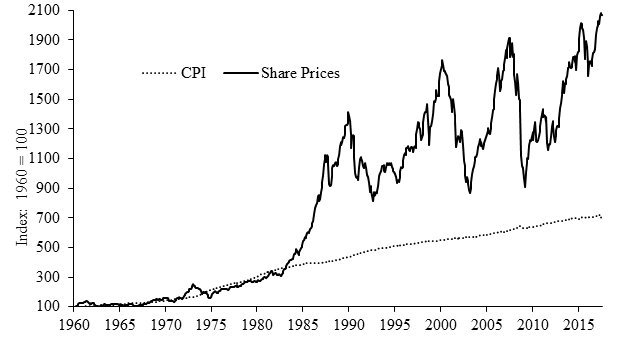Britain and the Eurozone hover on the Brink of Banking and Monetary Collapse. Our response? More Regulation.
The European Central Bank’s head, Jean Claude Trichet, appears to have realised what a mistake he made in single-handedly engineering the bailout of Greece only six months ago.
As I pointed out at the time this was simply a massive transfer of wealth from taxpayers to banks, funds and other investors in Greek Government bonds. Those smart and wealthy investors are now banking these profits very rapidly as we can observe by noting the rises in credit default swap prices.
Yesterday M. Trichet announced plans to raise Euro interest rates and decrease long term support for the banking system. It will be interesting to see if and by how much rates are raised since the Spanish banking system will probably collapse if Euro rates rise by even 1 per cent.
Why will this happen? It was a poorly reported consequence of the bailout two years ago that a significant consequence of forcing rates to zero is to inflate asset prices. Both effects are forced and hence, to use the popular term of the decade, unsustainable. The crash that we are about to experience will be far greater than that which would have occurred if the ordinary rules of capitalism had been allowed to operate in 2008. Sanity could have been restored to the banking system had governments stayed out of the mess. Liquidations would have led to changed business models and the appreciation by consumers of banking products that governments cannot protect them from losing money.
And what has the UK Government’s response been during this joyous week, which has already been widely reported as a good time to bury bad news?
In addition to pledging that we will donate several billion to the Irish cause, it has been announced that those who make their living by selling us mortgage products must take a course in mortgage loans.
This is yet another example of what Kevin Dowd has labelled “sham regulation”. The presence of an accreditation mark on an IFA’s business card is intended to imply that the consumer should trust his mortgage advice and sign up for the loan he recommends.
Let me recommend that sellers and buyers of these products take a very short education by reading and understanding the rest of this article. If enough of you lobby the FSA, these few words might even be adopted as the new FSA official mortgage education qualification.
When considering mortgage loan offers there are only two relevant criteria:
a) The length of the fixed interest period;
b) The all-in cost of the loan.
I would mention a third, but much less important point: break costs. Borrowers’ circumstances may deteriorate and the consumer should be aware of the costs of defaulting or switching lenders during the fixed period. Simply ask and compare.
Let us consider point a). Why do I focus on fixed rate loans, when historically in the UK and today in many countries like Spain floating rate loans were / are much more common? The answer is simple. The financial risk of a home purchase is usually considered to comprise only the risk of up or down variance in the house’s value after purchase. This assessment only applies to houses bought for cash. If a loan is required the consumer should quickly decide whether he wishes i) to take this amount of risk or ii) twice this risk.
Buying a house and borrowing on a floating rate basis amounts to taking roughly twice the house price risk because if rates rise not only do house prices usually fall but of course your payments rise as well. Therefore borrowers who wish to expose themselves to one times the risk of the house price variance should borrow on a fixed rate basis.
Point b) the all-in cost, can be calculated by entering all payments into either an Excel spreadsheet or even some calculators. All fees at inception and redemption should be included. Then press the “Net Present Value” button and compare the offers. (For the less financially savvy reader, NPV is simply a way of expressing a stream of payments over time as a cost today. For example, if the interest rate is 5% you would be indifferent as to a choice between paying £100 away today or £105 in one year’s time).
That is the end of the mortgage loan training course. Set out above is a universal guide. No other criteria matter – least of all the identity of the lender, unless you take a floating rate loan and expose yourself to being gamed by the bank. Many lenders brazenly jack up the rates they apply to loyal customers and offer “discounts” to new borrowers. These banks rely on lethargic consumers not to refinance quickly. This risk is almost impossible to assess in advance and is another reason to fix your rate for as long as possible.
It would be wonderful if the FSA’s official course were to comprise no more than the above few paragraphs, but sadly I fear the actual course will be replete with mumbo jumbo and simply constitute yet another barrier to entry into the financial services business. Mortgage industry hucksters will thus receive state support for their present modus operandi, namely the maintenance of the pretence that, like a Savile Row suit, you are a very special customer and need an expert, like me, to tailor a loan to your specific requirements.



